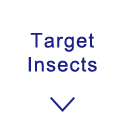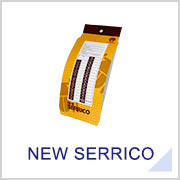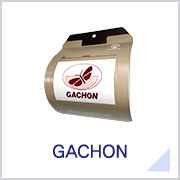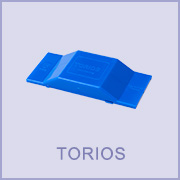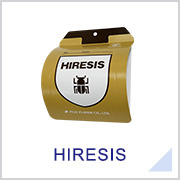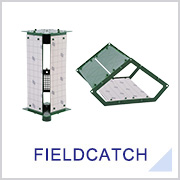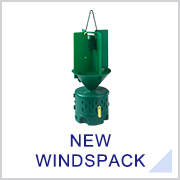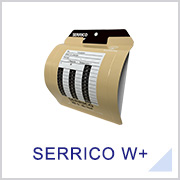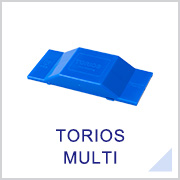For stored product insects
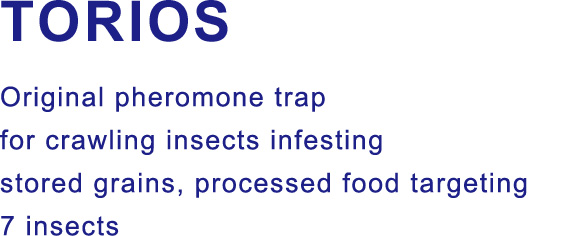
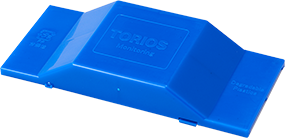
These traps are effective for crawling insects found indoors in food, flour, milled wheat, and milled rice factories and warehouses, which cause harm to grains and processed foods. Besides eating grains, these pests leave behind crushed powders that can attract other insect pests, raising fears of secondary damage. TORIOS has dust proof capabilities making it optimal for use in environments such as factories and warehouses with large amounts of powder and dust, to enable stable monitoring.

-
Red flour beetle
Scientific name: Tribolium castaneum


Adults are 3 to 4 mm long and flat with reddish brown to dark reddish brown. Mainly the adults and larvae infest rice, wheat, corn, barley, nuts, rice bran, dried vegetables and fruits, yeast, and powdered milk. Females lay from 500 to 1000 eggs. They develop into adults in around 2 months and life span is around 200 days. They have 1 to 2 generations a year in cold places and 3 to 4 times a year in warm places. The adult beetles have strong boring capacity to open holes in food packages and get inside.
-
Confused flour beetle
Scientific name: Tribolium confusum


Adults are 3 to 4mm long and flat with semi-shiny reddish brown to dark reddish brown. They very closely resemble red flour beetles. Whereas their antennae gradually get wider toward the tip, the last three segments of antennae of red flour beetles are obviously big. Mainly the adults and larvae infest wheat flour, rice molt, rice flour, barley flour, nuts, dried fruits, cotton seeds, powdered milk, and livestock feed. Females lay around 700 eggs. They develop into adults in around 2 months and life span is more than 200 days. They have 1 to 3 generations a year. Both their life-history characteristics and feeding habits are similar to those of the red flour beetle. The confused flour beetle is strongly resilient in dry, low-temperature environments and has a wide habitat range.
-
Lesser grain borer
Scientific name: Rhyzopertha dominica


Adults are around 3 mm long and roundly cylindrical in shape with dark brown to blackish brown. Mainly the adults and larvae infest rice, wheat, barley, corn and other grains, as well as grain flours, beans, and cassava. The infested grains become full of holes, and end up as powder. Females lay from 200 to 400 eggs. They develop into adults in around 45 days. They have 2 to 3 generations a year.
-
Saw-toothed grain beetle
Scientific name: Oryzaephilus surinamensis


Adults are around 3 mm long, have a narrow and flat body with reddish brown without much shine. Mainly the adults and larvae infest rice, wheat, barley, corn, sorghum, and various other grains and dried processed foods. Females lay from 100 to 300 eggs. They develop into adults in around 45 days and life span is around 6 to 10 months, or in some cases as long as 2 years. They have 3 to 4 generations a year.
-
Khapra beetle
Scientific name: Trogoderma granarium


Adults are around 1.7 to 3 mm long and an oval shape with dark brown to blackish brown. Mainly the larvae infest wheat, barley, corn, rice, and other grains, as well as oilseeds and cocoa. Females lay around 35 eggs. They live for only 3 to 12 days. Reportedly originating in India, they are distributed in hot, dry regions.
-
Flat grain beetle
Scientific name: Cryptolestes pusillus


Adults are quite small at just 1.5 to 2 mm long and extremely flat with distinctive long antennae. They are reddish brown to brown. Mainly the adults and larvae infest grains and processed foods, oilseeds, dried vegetables, nuts, cocoa, copra (dried coconut), and cassava. Females lay around 200 eggs. Larvae grow inside grains. They develop into adults in 45 to 60 days and life span is around 2 to 4 months. They have 2 to 5 generations a year.
-
Maize weevil
Scientific name: Sitophilus zeamais


Adults are 4 to 5 mm long including their distinctive elephant trunk-shaped snout. They are brown right after emerging from their cocoon and turn blackish eventually. The adults and larvae infest mainly rice, corn, wheat, barley, as well as dried noodles and rice cakes. Females lay around 200 eggs. Larvae grow inside grains. They develop into adults in 45 to 60 days and life span is around 2 to 4 months. They have 2 to 5 generations a year.

- Applicable for 7 types of insects by changing the lure type
- Useful for early detection of these insects, determining their source, and investigating seasonal variation in their emergence
- Designed by our professionals that thoroughly study behavior of insects.
- The lures are covered with controlled-release film, making their effectiveness last for a month
- Excellent durability and easy to use.
- Easy count of captured insects due to the glue board design structure which also enables easy maintenance
- By dividing the device and glue board, TORIOS has became as a reusable product. Simply changing the glue board and lures helps to reduce your waist capability which also gives an advantage as a eco-friendly product.

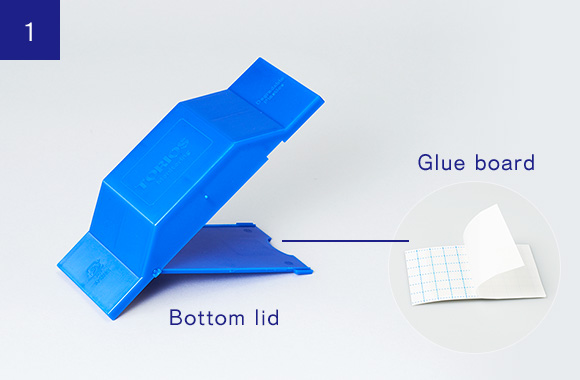
(A) Open the bottom lid of the device. Peel off the release paper from glue board. Insert the glue board into the clips on the bottom lid.
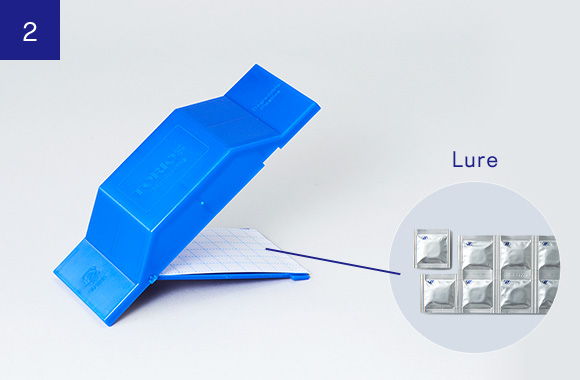
(B) Take out the lure from the strip or bag and set it on the center of the glue board.
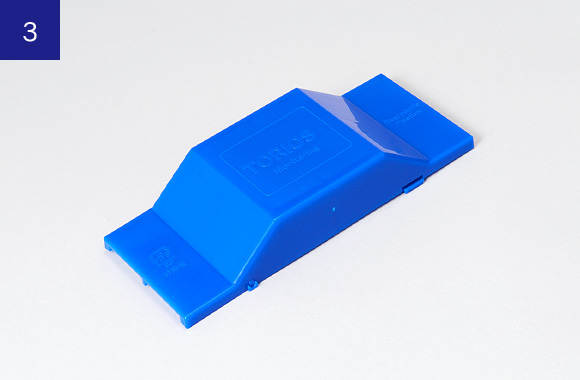
(C) Close the bottom lid.
*Color of individual lures may not be the same but has no effect on product quality.
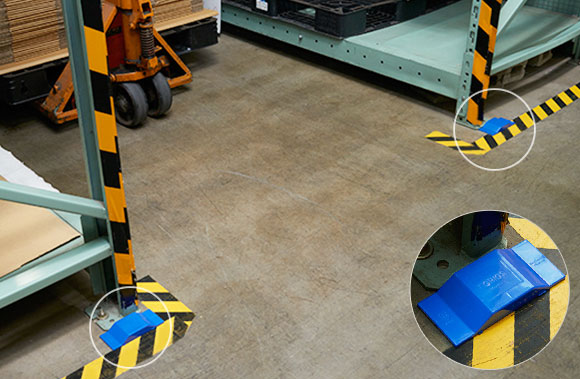
(A) Installation: Placement on the floor recommended
(B) Interval: 5-10 meters recommended
*Avoid placing the traps near machinery or production lines, as they may attract insects to these places.
**Placing traps near building entrances may attract insects inside. Locate them 10 to 20 m away from entrances or exits.
Replace the glue board and lures after one month of use.
The device can be reused. When used outdoors, the devices may deteriorate from sunlight and water exposure.
*The product has a shelf life of one year from manufacturing date.
**Avoid sunlight and store at room temperature in a dark place.

Device set
- Device 50 pieces (10 pieces/box × 5 boxes)
- Lure 50 pieces (5 strips) and glue board 50 pieces/box
Lure set
- Lure 50 pieces (5 strips) and glue board 50 pieces/box
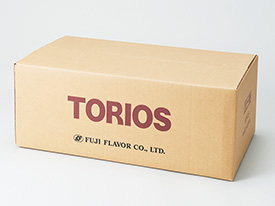
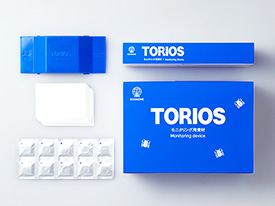
| Type of lures | Target insects |
|---|---|
| Red flour beetle | Red flour beetle (Tribolium castaneum) |
| Confused flour beetle (Tribolium confusum) | |
| Lesser grain borer | Lesser grain borer (Rhyzopertha dominica) |
| Saw-toothed grain beetle | Saw-toothed grain beetle (Oryzaephilus surinamensis) |
| Khapra beetle | Khapra beetle (Trogoderma granarium) |
| Flat grain beetle | Flat grain beetle (Cryptolestes pusillus) |
| Maize weevil | Maize weevil (Sitophilus zeamais) |
